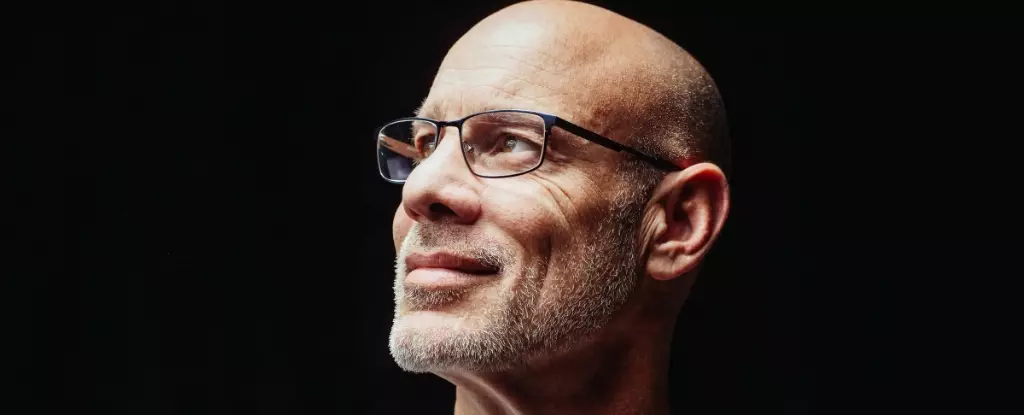Recent accidental findings by scientists have brought to light a potential new treatment for hereditary-patterned baldness, a common issue affecting both men and women globally. The discovery of the effectiveness of deoxyribose sugar in promoting hair regrowth has opened up new possibilities in the field of hair loss treatment. While initially studying the wound-healing properties of these sugars in mice, researchers observed remarkable hair regrowth around the lesions, sparking further investigation into the potential of deoxyribose sugar as a solution for baldness.
The team of scientists from the University of Sheffield and COMSATS University in Pakistan conducted experiments on male mice with testosterone-driven hair loss, applying deoxyribose sugar gel topically on their exposed skin. The results were astonishing, with the treated mice showing robust hair regrowth in the bald areas. Surprisingly, the deoxyribose gel demonstrated efficacy comparable to minoxidil, a commonly used treatment for hair loss. This discovery has paved the way for exploring the use of natural sugars in enhancing blood supply to hair follicles and stimulating hair growth.
Hereditary-patterned baldness, also known as androgenic alopecia, is a complex condition influenced by genetics, hormone levels, and aging. While existing treatments like minoxidil and finasteride provide relief for some individuals, they come with their own set of limitations and side effects. Minoxidil can slow down hair loss and promote regrowth in certain cases, while finasteride targets testosterone levels to combat hair loss. However, finasteride may lead to adverse effects such as erectile dysfunction and reduced libido, making it unsuitable for some patients. Despite the available options, treating androgenic alopecia remains a challenge, emphasizing the need for alternative solutions.
The groundbreaking research conducted by MacNeil, Anjum, and their team highlights the promising prospects of deoxyribose sugar as a treatment for baldness. By developing a biodegradable gel made from deoxyribose, the scientists were able to induce significant hair regrowth in mouse models of male-pattern baldness. The application of deoxyribose gel led to the formation of new hair follicles, suggesting a potential breakthrough in hair loss treatment. The enhanced blood supply observed around the treated areas further supports the role of deoxyribose sugar in promoting hair growth through improved circulation.
Should the findings of the study translate successfully to human trials, deoxyribose sugar could revolutionize the treatment of alopecia and serve as a viable option for regrowing hair post-chemotherapy. The potential applications of this natural sugar extend beyond baldness, offering hope for stimulating hair, lash, and eyebrow growth in various conditions. With a substantial gap in research on this subject, the authors advocate for further exploration and innovative approaches to address the challenges associated with hair loss treatment. While the current experiments focused on male mice, future studies may reveal the efficacy of deoxyribose sugar in treating female-pattern baldness as well.
The accidental discovery of the regenerative properties of deoxyribose sugar presents a promising avenue for combating hereditary-patterned baldness. The research findings underscore the potential of natural sugars in promoting hair growth and addressing the limitations of existing treatments. As scientists continue to unravel the mechanisms behind the efficacy of deoxyribose sugar, the future holds exciting possibilities for individuals struggling with hair loss.


Leave a Reply